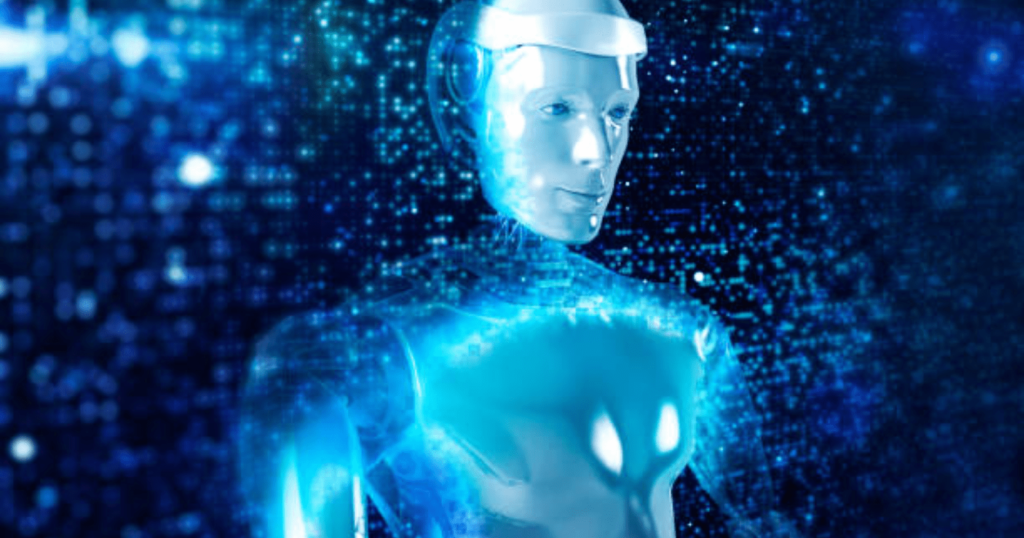What is meant by Computer vision in artificial intelligence: Have you ever wondered how a vehicle can “see” the road ahead to avoid obstructions or how your phone can recognise your face instantaneously to unlock it? That is the wonder of AI’s computer vision! It’s similar to training robots to perceive the world with our perceptions, without the superpowers.
What is meant by Computer vision in artificial intelligence
Beyond Elegant Filters
Get rid of the pointless cat ears you put on your selfies. Giving computers the capacity to comprehend what they see in photos and movies is the goal of computer vision. It’s as if kids were granted superpowers, enabling them to gather data and even develop opinions based on what they see. A sample of what computer vision may do is as follows:
- Imagine a future in which automobiles are able to “see” traffic signals, people, and other moving vehicles: That is computer vision in action, assisting them in securely navigating and making judgements similar to those of a human driver (ideally with fewer cases of road rage!).
- Enhancing the vision of doctors: With remarkable precision, medical imaging analysis using computer vision enables physicians to identify disorders in MRIs and X-rays. It’s similar to having a really strong helper who can identify possible issues so the physician may look into them further.
- Astute companions who understand you: Consider a scenario in which things may be visually recognised by your smart speaker. It could be able to distinguish between a cup and a vase using computer vision, which would help it comprehend your request when you ask it to “turn off the light on the table.”
Thus, How Do Robots Acquire Vision?
Though not magical, it’s still kind of awesome! Here is a condensed explanation of computer vision:
- The World in Pixels: Computers see digital photos and movies as small squares of colour known as pixels, much as your camera does.
- Acquiring Knowledge Using Models: Systems for computer vision are trained on vast volumes of data, such as millions of images of traffic lights, dogs, and cats. Details regarding what’s within these photos are labelled.
- Acquiring Mastery over Patterns: Deep learning in particular uses sophisticated algorithms to teach the machine to recognise patterns in the data. It gains the ability to comprehend more complicated objects and situations by first learning to recognise simple forms and textures.
What is a Computer vision model?

Have you ever wondered how a self-driving vehicle avoids obstacles or how your phone unlocks with a selfie? The intriguing field of computer vision models has the solution! These are the key components that give robots the ability to “see” and comprehend the visual environment.
Envision an Ultra-Strong Instructor:
Consider a computer vision model as your computer’s super teacher. It may be trained to identify patterns and characteristics in photos and videos by giving it enormous volumes of data, such as millions of photographs of cats and dogs. These models are capable of the following:
- Determine objects: Computer vision models are capable of doing tasks like identifying a person in a picture or seeing a stop sign. They are able to acquire the astonishing precision of distinguishing between numerous items.
- Recognise scenes: Not items alone, but whole sceneries! A model can recognise cars and people in a photo of a crowded street and even comprehend how traffic moves.
- Act on what they observe: This is when things start to get interesting. Computer vision models are used by self-driving vehicles to “see” the road and make choices about things like braking and lane changes.
How Does This Super-Tutor Operate, Then?
The process by which computer vision models learn is summarised as follows:
- Data, Data Everywhere: The model is fed with millions of photos and videos. These photos include detailed labels explaining what’s within (a photo of a cat, for example, is labelled “cat”).
- Bootcamp for Pattern Recognition: The model begins to identify patterns in the data with the use of sophisticated algorithms, particularly deep learning. It gains a wide lexicon of visual terms as it learns to recognise edges, forms, and textures.
- The Great Exam: The model is evaluated on fresh photos after training to check whether it can accurately recognise items and comprehend scenarios. It resembles our super-powered tutor’s final test!
